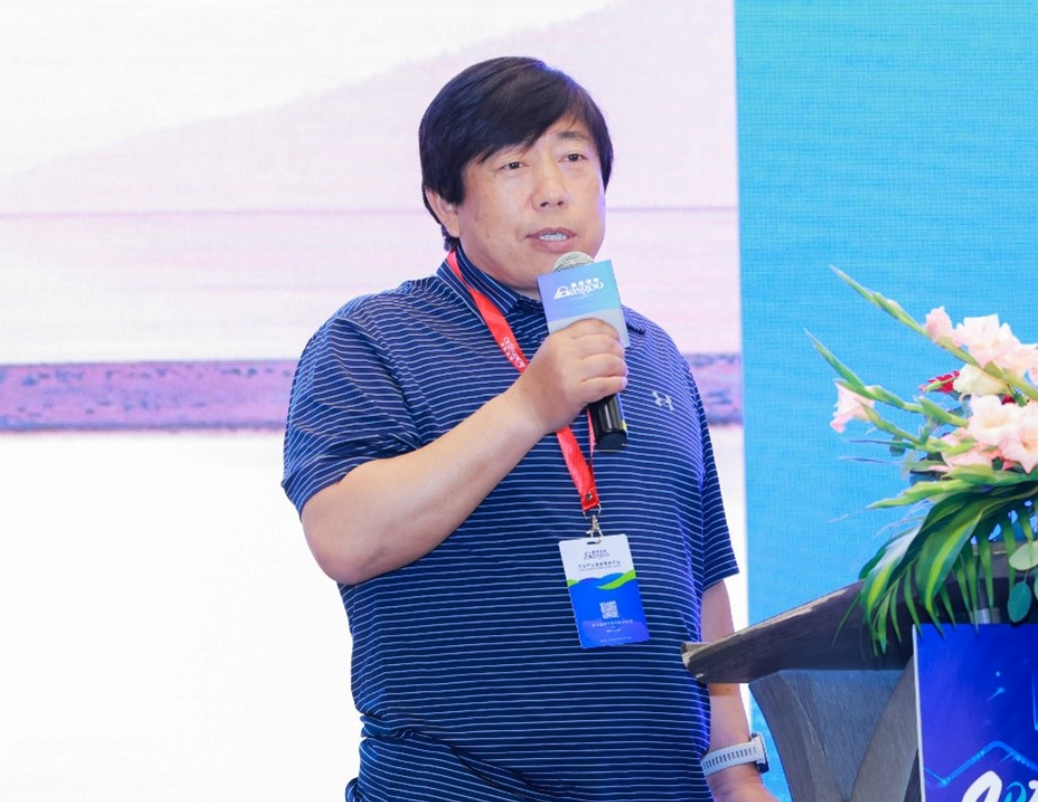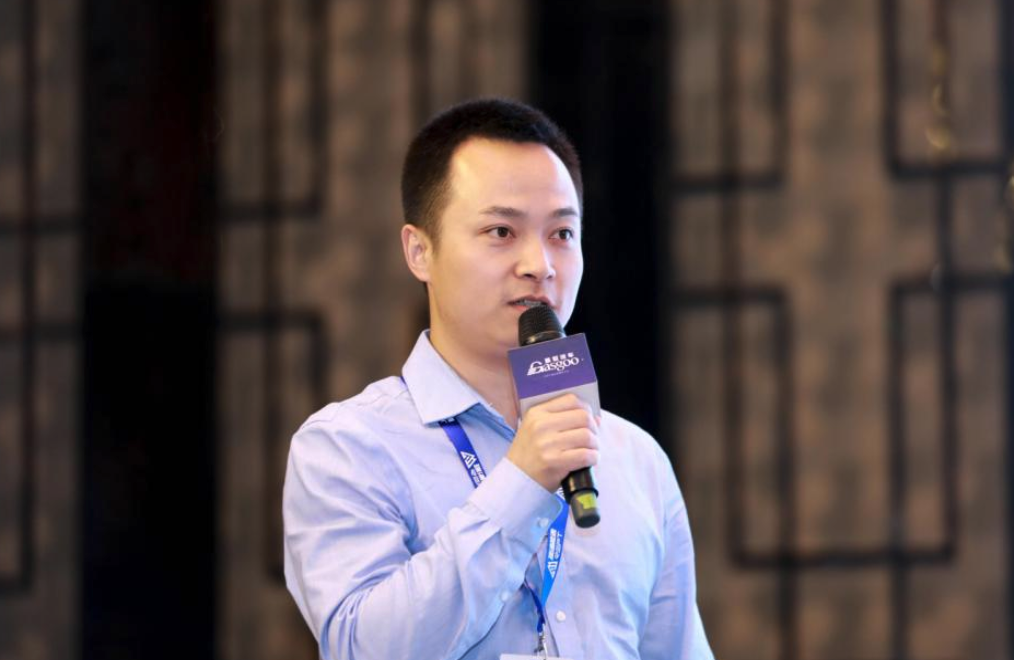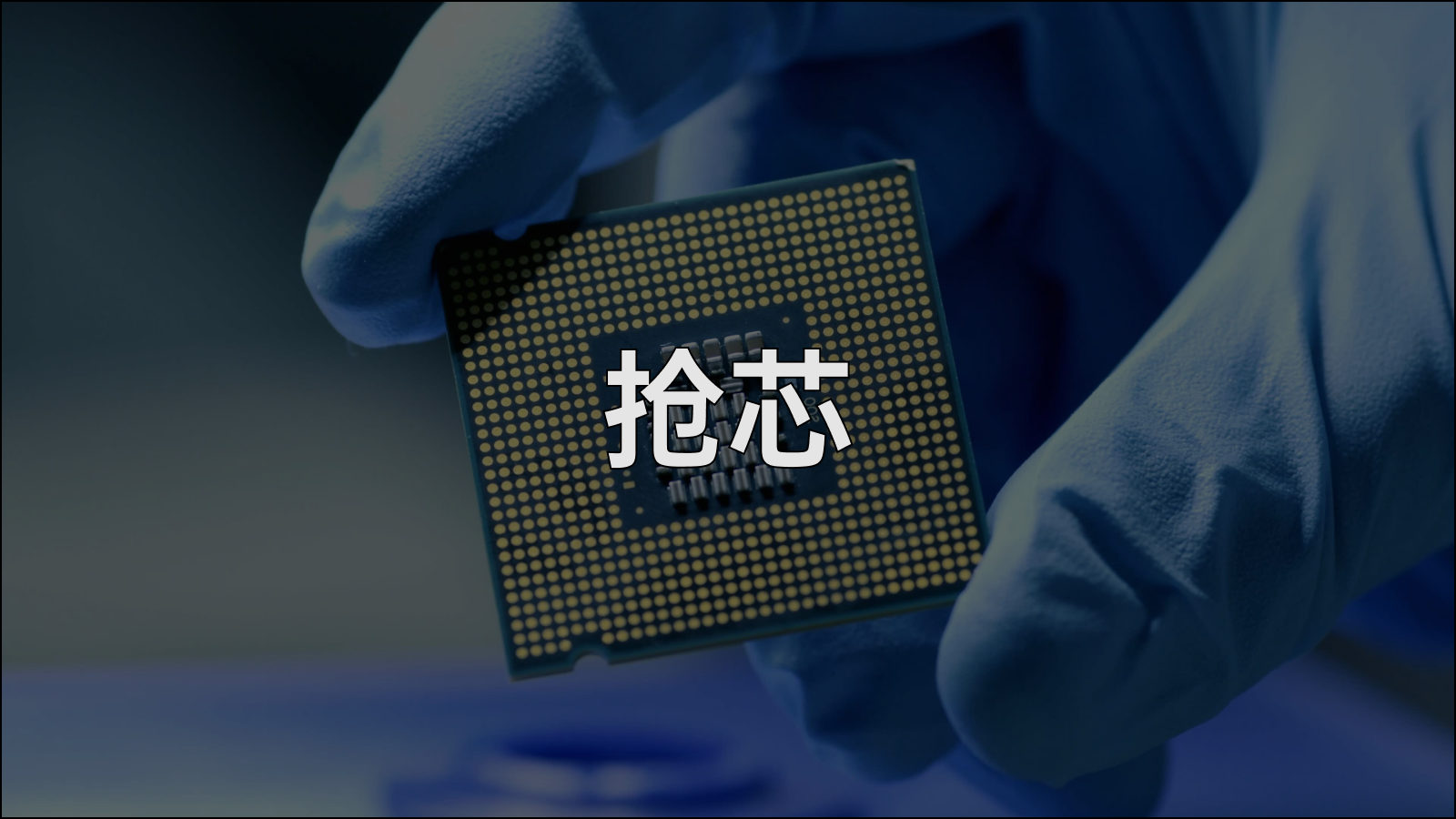Development of the New Energy Vehicle Industry in 2021
The development of the new energy vehicle industry is faster than many had expected, and the penetration rate of the terminal retail market continues to expand. However, since the end of last year, the chip shortage phenomenon has persisted in the automotive industry.
Several automakers have expressed that the chip shortage phenomenon is still ongoing. With such questions in mind, I attended the China Automotive Semiconductor Conference on June 29-30, trying to find answers.
Panic Buying
“I think the gap between chip production capacity and demand is not that large now. At most, it is only about 10%. The main problem is that everyone has been scared and is panic buying,” said a senior R&D vice president in the industry during lunch.
According to him, SOC chips are not in short supply. The primary shortage is MCU chips. The attitude of the entire industry towards MCU chips is that wherever there are chips, car companies and suppliers rush to buy, causing many chip prices to increase several times, further exacerbating the chip shortage phenomenon.
This statement can also be found on Ma Yilong’s Twitter. He once mentioned in a reply to a user’s message that car companies’ panic buying of chips is similar to Americans rushing into supermarkets and buying toilet paper at the beginning of the epidemic.
A brief introduction to MCU chips here-MCU is also called a microcontroller, commonly known as a single-chip microcomputer. Unlike MPU microprocessors and SOC system chips, MCU reduces the frequency and specifications of the CPU appropriately and integrates memory, counters, USB, A/D conversion, UART, PLC, DMA, and even LCD driving circuits into a single chip level to form a chip-level computer that controls different applications. Apart from automotive electronics, MCU chips are also used in mobile phones, PC peripherals, remote controls, and control of machine arms, among others.
Frankly speaking, MCU chips cannot be considered “advanced” in the semiconductor industry, but why has there been a long-term shortage phenomenon for such a relatively basic chip?
What Happened?
Of course, tracing the origin of this matter stems from the impact of the epidemic last year. Many automotive supply chain customers reduced their orders for TSMC chips in the second quarter of 2020, so TSMC also reduced its 8-inch wafer orders and increased its 12-inch wafer orders, focusing on producing “consumer electronics” and “high-performance chips.”The decrease in automotive orders might not necessarily be a bad thing for TSMC, as their 2020 sales report showed that automotive chips only accounted for 3% of their overall revenue, while consumer electronics made up 48% and high-performance chips made up 33%. Clearly, consumer electronics and high-performance chips with higher demand are the main sources of revenue for TSMC. When there were signs of a chip shortage in the automotive industry, TSMC President Wei Zhejia only vaguely mentioned that “if the chip manufacturing capacity can be expanded, priority will be given to manufacturing automotive chips.”
TSMC’s lukewarm attitude is actually quite normal because automotive-grade chips are more stringent than traditional industrial and consumer-grade chips. Consumer-grade chips only need to consider a life cycle of three years, as they may be replaced after three years. But the automotive-grade chips must maintain a production cycle of more than ten years and have a design life requirement of 200,000 kilometers. They also have different temperature and humidity requirements from consumer electronics, and the product yield rate must be high. Moreover, due to high customization and low production quantity, it is a laborious and demanding job with lower profitability for companies like TSMC to produce automotive-grade chips with the same amount of energy and production capacity.
Of course, this situation has made Germans extremely uneasy. So, German Economic Minister Peter Altmaier wrote a letter to Taiwan, urging them to provide automotive chips, specifically mentioning TSMC, which holds more than 50% of the world’s chip manufacturing market share.
After a conversation, TSMC changed its attitude and started to "treat money as dung". At that time, TSMC publicly announced that “we will continue to work closely with automotive electronics customers to ensure support for capacity needs.” TSMC’s automotive chip shipments had already risen 27% in the fourth quarter of 2020 compared to the third quarter, so they weren’t bluffing.
It is because of this background, combined with the calculation of the semiconductor industry’s manufacturing cycle, that many people in the industry had predicted that the chip shortage phenomenon would ease up by the third quarter of this year. However, they had overlooked the chip hoarding frenzy caused by competition and blindness in the market economy.
Although the demand for semiconductors in the automotive industry is much less than that of consumer electronics, the fact that the automotive industry radiates to many other industries means that it has a huge impact on driving GDP. If the development of the automotive industry is limited due to a lack of chips, I believe that no government is willing to see this happen. TSMC’s attitude towards automotive-grade chips at the end of last year is enough to prove everything.Returning to the supply of MCU chips, I believe that although there is still a shortage at present, fortunately, production capacity has caught up, and the recovery of normal supply is only a matter of time. An insider familiar with the supply chain system of IDEAL Automotive mentioned that the reason why IDEAL ONE is expected to sell 10,000 units per month in September is because of the impact of chip supply, which has led to limited production capacity in the supply chain. Otherwise, their goals could be slightly more aggressive. In other words, it is expected that by the end of the third quarter, as chip production capacity tends to be stable, the chip grab between various car companies will not be so intense. By then, the shortage of chips in the industry will be further eased.
At the same time, he also mentioned that due to the rise of the concept of autonomous driving in recent years, coupled with more and more traditional car companies and technology companies transitioning to the runway of intelligent electric vehicles this year, the demand for SOC chips in addition to MCU in the automotive industry, which was relatively niche, is gradually increasing.
This view is similar to the remarks of Bao Haisen, the Minister of Strategy and Business Development of Huawei HiSilicon. Bao Haisen also believes that SOC-type chips will have a greater market space in the future automotive chip market. There are three main types of chips: cockpit chips, which are expected to reach a market size of nearly 2.9 billion US dollars by 2025, ADAS chips whose penetration rate is expected to be close to 70% by 2025, and traditional chips mainly based on MCU.
Divide and Conquer
Of course, in addition to the topic of chip semiconductors, the most interesting topic for me at this conference is the future development trend of automotive domain controller architecture mentioned by many speakers. Now the whole industry generally agrees that the automotive EE architecture will evolve from a distributed architecture to a centralized architecture.
This is because in the early days, due to the constraints of semiconductor technology and the high certification standards and long time cycles of vehicle-grade chips, car-use chips generally adopt mature process technology, and the result is that the computing power of chips is generally not too high. This makes it necessary for the automotive EE architecture to adopt a distributed architecture because there is no SOC chip with stronger computing power to perform functional integration.
On the other hand, as the level of vehicle electronics and the increase in functions such as assisted driving and active safety increase, the number of ECUs in cars will increase geometrically. For example, the BMW 7 Series in 2005 had already reached 65 ECUs, and by 2010, the number of ECUs in the Audi A8 exceeded 100. So many ECU systems intertwined together not only result in the use of more wiring harnesses and additional costs during vehicle manufacturing but also make the control logic of the whole car very confusing.
With the software-defined car trend led by new car-making forces, the technological iteration of car-use chips has accelerated. The promotion of high-performance chips is also the underlying reason why the future development trend of the automotive industry will gradually transition from distributed to regional, and finally evolve into a centralized architecture.许迎春, Vice President of Ideal Automotive Computing Platform & OS, mentioned that the current architecture is regional, but will evolve towards a centralized architecture in the future. It is also hoped that the next-generation Ethernet in the vehicle can be iterated up to 2.5G or even 10G, which may aggregate the data from cameras and finally transmit to the CCU.

Another reason why the EE architecture will shift from distributed to centralized is the Zonal domain controller. Zhou Yi, Director of the Basic Hardware Department of Skywell Automobile, believes that the code volume of high-end cars has exceeded 200 million lines, which is more than any IT product in history. With the development of intelligent driving, the code volume will increase rapidly. It is expected that by 2025, the software code volume will reach 600 million lines. ECU nodes of the automobile are also in a state of rapid growth. Currently, it puts a lot of pressure on the CAN bus, and the wiring harness is also very complicated, which affects the lightweight of the entire vehicle and poses a considerable challenge to the reliability of the whole vehicle.

This is because most of the controller functions are combined with each other under the current distributed controller, and the implementation of a function may require multiple controllers to cooperate. However, for the whole vehicle plant, the same controller may have multiple suppliers. Because of this, if the entire vehicle plant needs to develop or iterate functions, it may involve communication and coordination with multiple component suppliers, which is very costly and has lower efficiency than expected. Of course, in addition to the low efficiency, what is more important is that the entire vehicle plant and the supplier have different understandings of the product due to different standpoints. For example, the supplier hopes to make a platform product that can adapt to more models, while the entire vehicle plant, in the current situation, hopes to make differentiated products to meet market demands.
Therefore, Zhou Yi also believes that the future trend will be towards a centralized computing platform + Zonal architecture, which means that the vast majority of vehicle functions will be realized by the central computing platform, and the region will be responsible for controlling the controls within the region. At this time, TSN-supported Ethernet will become the backbone network, and this architecture will achieve complete decoupling of software and hardware.
The benefits will not only reduce communication costs and create differentiation but also allow devices, actuators, and sensors on the vehicle to collect data and distribute energy. Ultimately, domain controllers can integrate controls to significantly reduce the number of ECUs and wiring harnesses on the vehicle, thereby reducing the production and material costs of the entire vehicle. Of course, all of this is based on high-performance SOC chips that can make it happen.### Final Words
From another perspective, as the automotive EE architecture evolves from distributed to centralized architecture, more and more functions are being integrated into a single domain controller. This not only puts higher demands on the computing power of chips but also increases the demand for specialized chips and domain controllers in the industry.
At the same time, I believe that as software accounts for an increasingly high proportion of the entire vehicle, every OEM wants to take the lead in domain controllers. For the OEMs that are ahead in this area, the only thing left for suppliers in the future will be application software development.
Finally, I want to say that with the advent of the era of 5nm chip-level standards, the automotive industry is undergoing intelligent transformation.
This article is a translation by ChatGPT of a Chinese report from 42HOW. If you have any questions about it, please email bd@42how.com.
